Watercolor painting is a simple and relaxing way to express creativity. With its soft blends and vibrant colors, watercolor can make even basic subjects look interesting and beautiful.
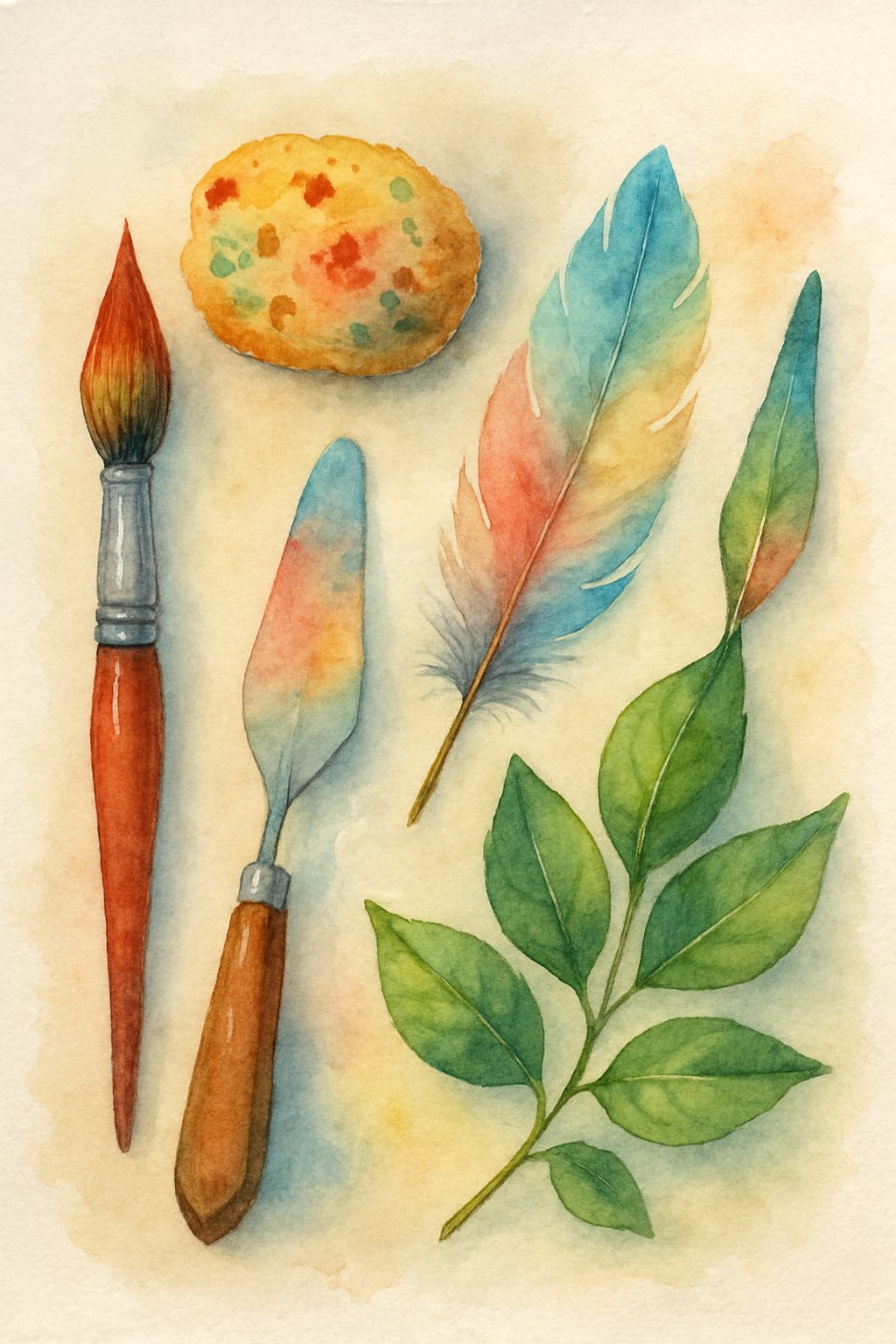
Anyone can use watercolors to make unique and impressive artwork, whether they are just starting out or have painted before. Exploring different ideas helps artists discover new techniques and enjoy making art in fresh ways.
1) Sunsets with soft gradients
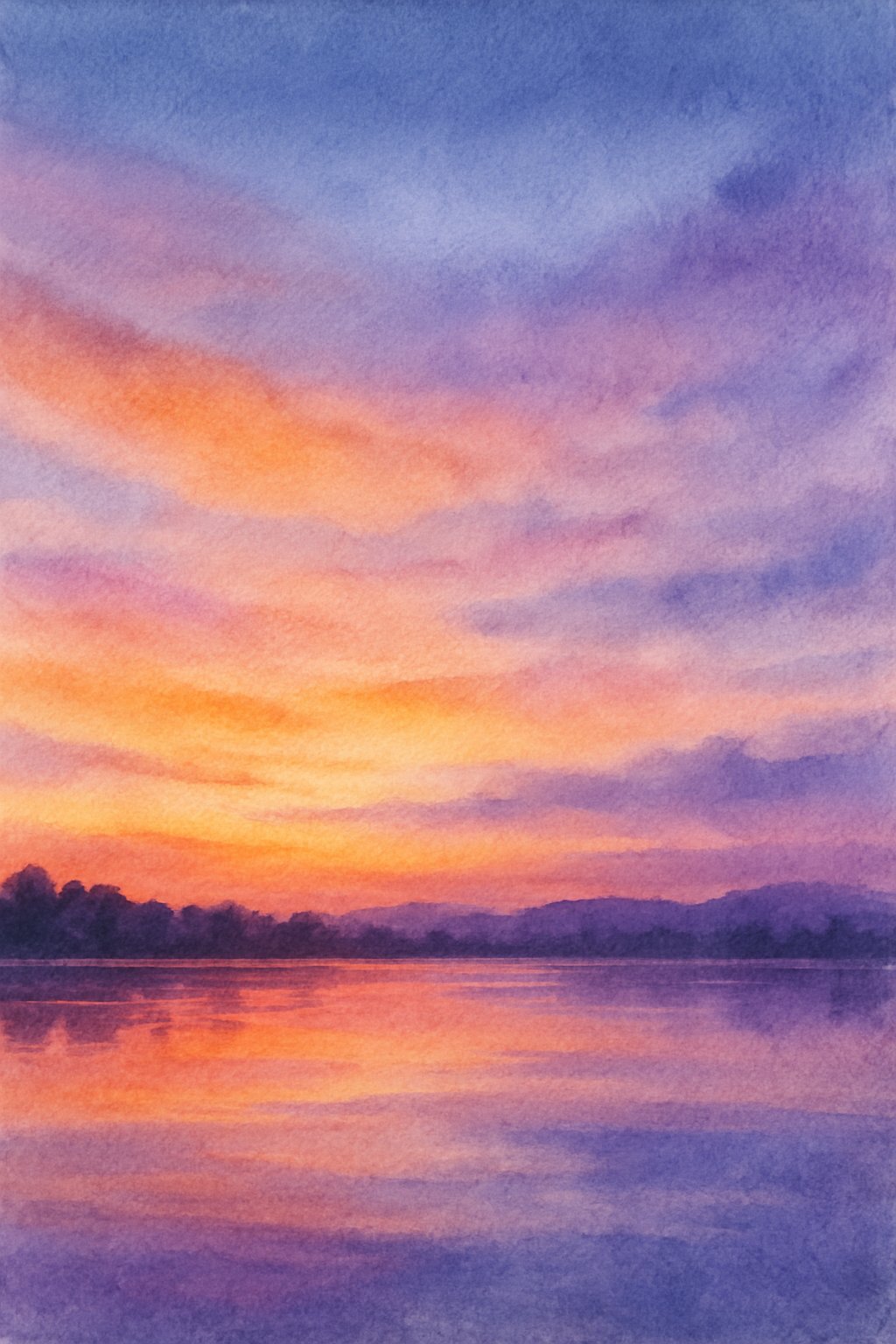
Watercolor is well-suited for painting sunsets with gentle blends of color. Artists can use the wet-on-wet technique to create smooth transitions from orange, pink, and yellow to deeper blues. Painting sunsets helps beginners practice blending and layering, making it a popular subject for developing watercolor skills. Find ideas and tips for sunset paintings at this sunset watercolor ideas guide.
2) Delicate floral patterns
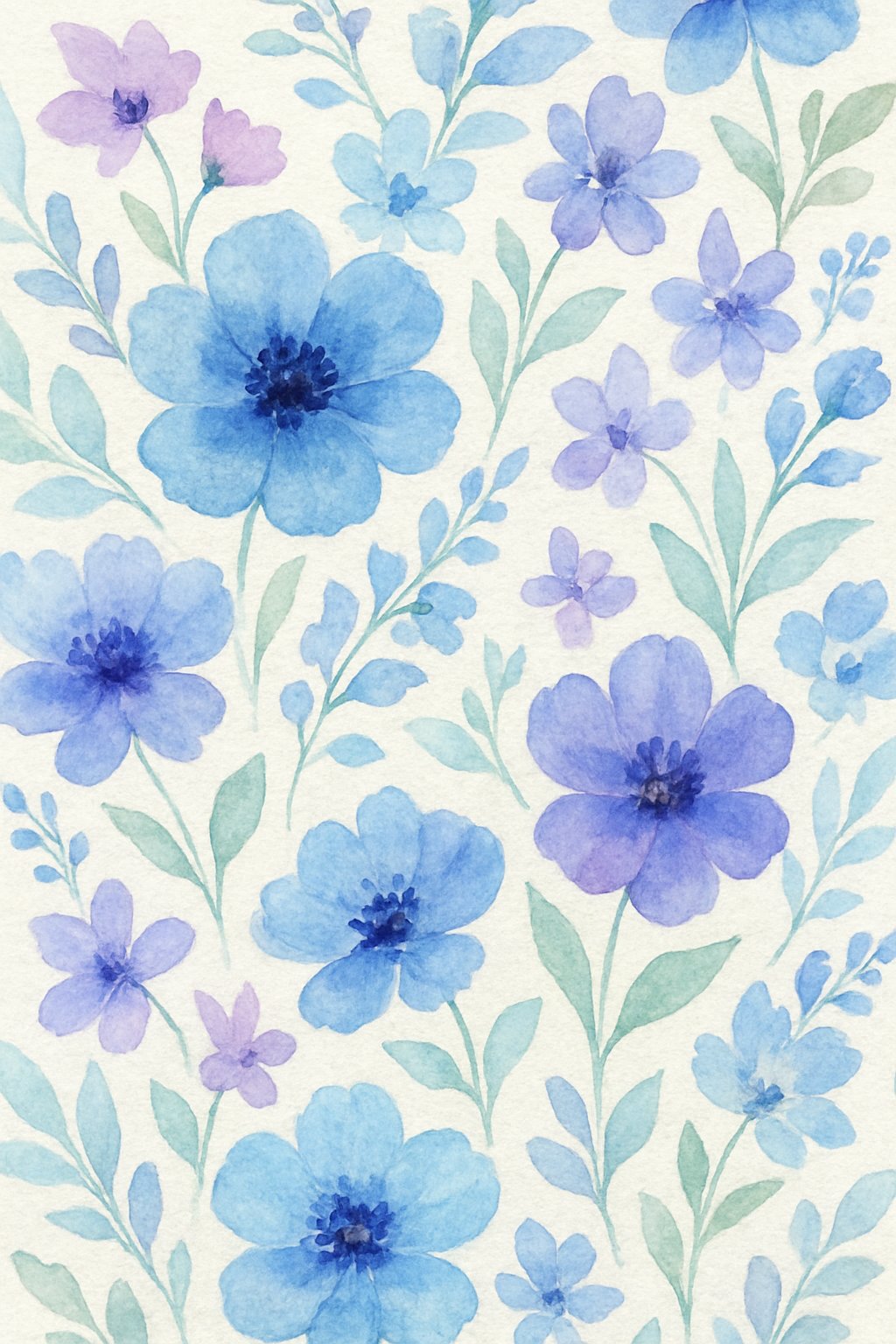
Delicate floral patterns are a classic watercolor subject. Artists often choose soft pinks, purples, and greens to create gentle petals and leaves. Watercolor brings out the natural beauty of flowers, capturing their light and airy look.
These patterns work well for cards, journals, or even as unique gifts.
3) Abstract geometric shapes
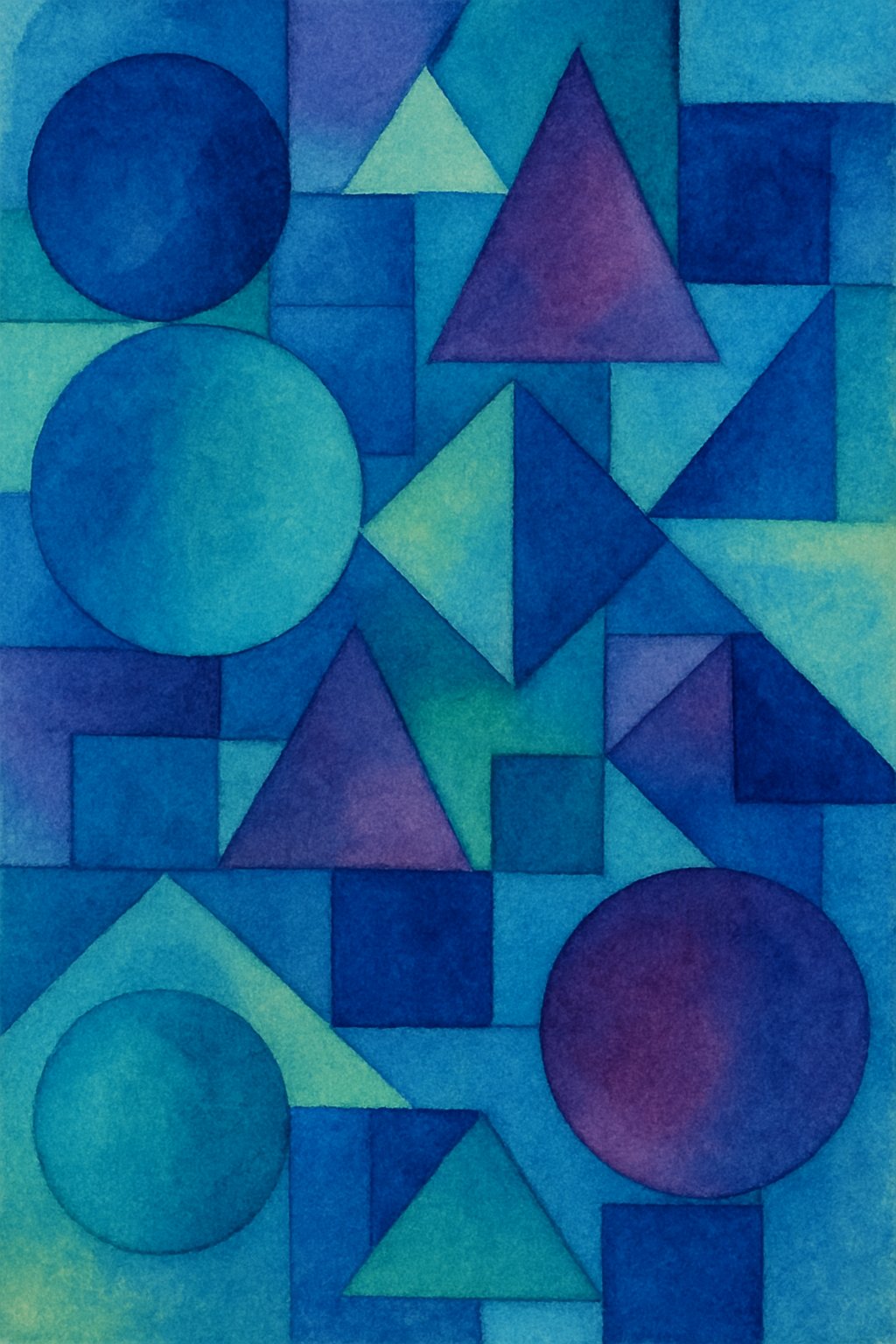
Abstract geometric shapes are a popular choice for watercolor painting. Artists often use circles, squares, and triangles in different sizes and colors.
Layering transparent shapes can create unique patterns and depth. Beginners can start with simple shapes and build complexity over time, as suggested in these abstract watercolor ideas.
4) Quiet forest landscapes
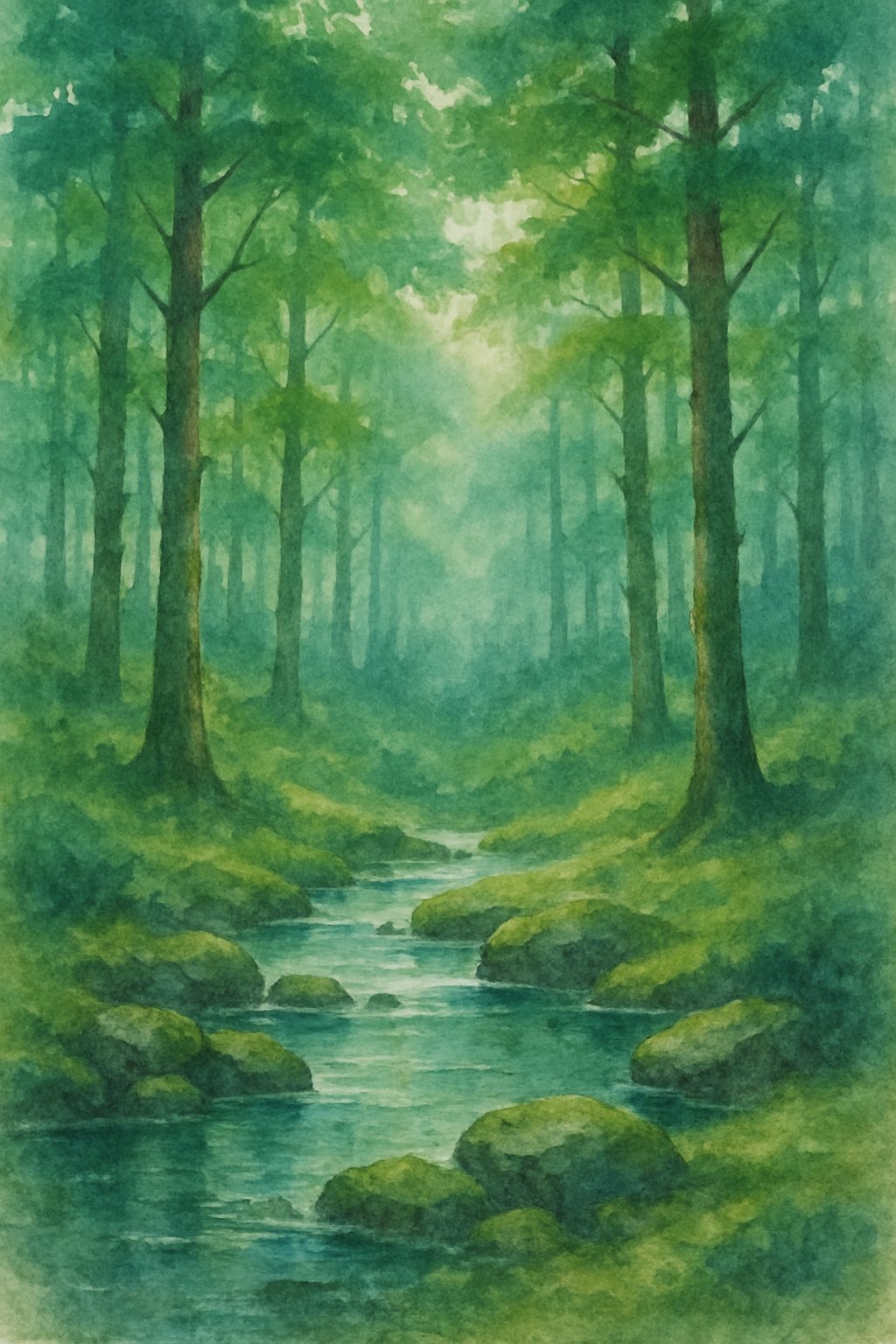
Painting a quiet forest landscape lets people explore calm greens and soft browns. Trees, gentle light, and misty backgrounds are popular choices in watercolor art.
Many artists use the wet-on-wet technique to create blurry, peaceful effects in the background. Forest paintings can also feature cozy cabins or simple woodland scenes.
5) Ocean waves with foam details
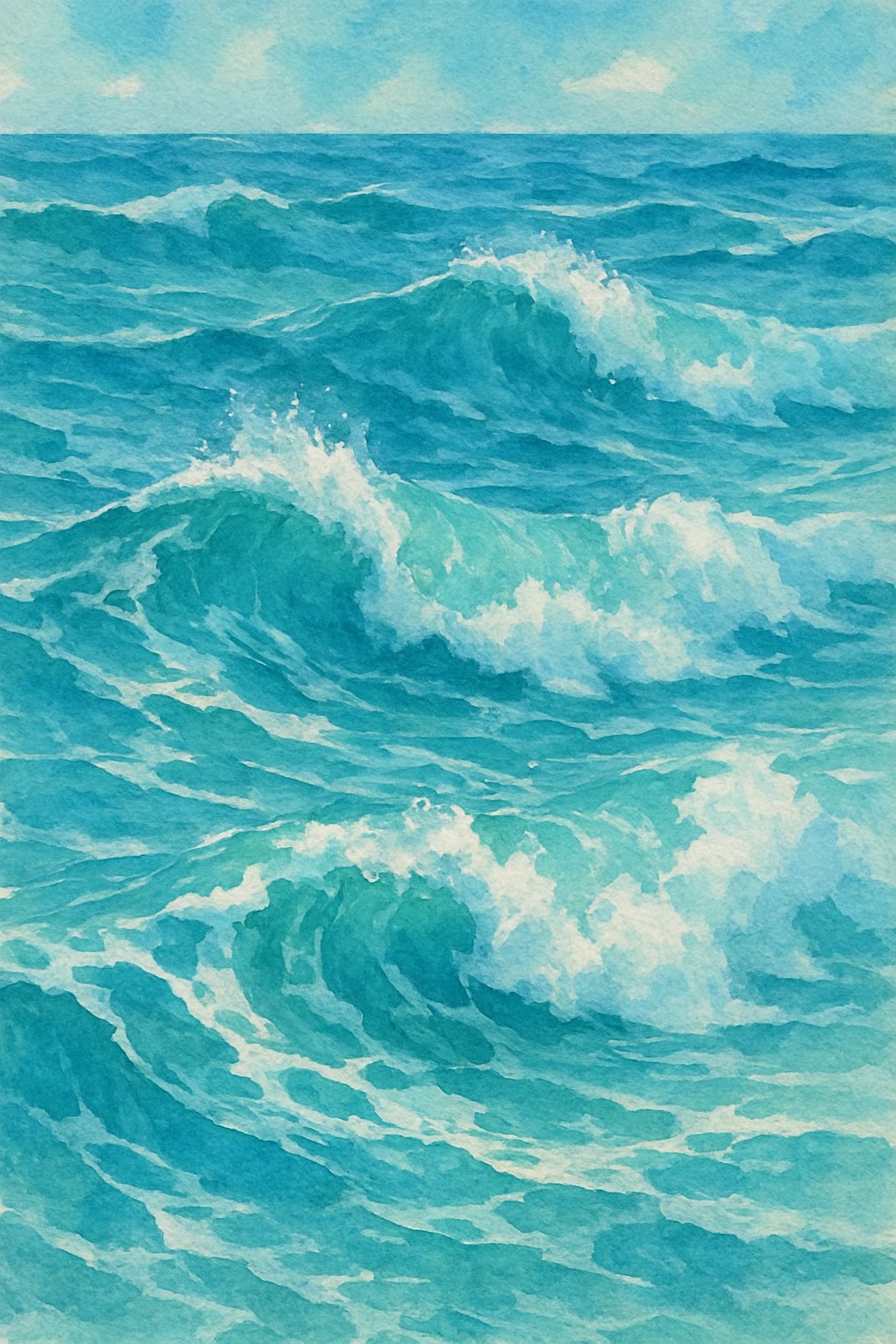
Painting ocean waves in watercolor teaches control over water, color, and brushwork. Artists often start with a light wash for the sea, then use curved strokes for the wave shapes. Adding foam highlights with masking fluid or white paint gives the waves a realistic touch, as explained in some step-by-step tutorials on wave painting.
Techniques for Enhancing Watercolor Creativity
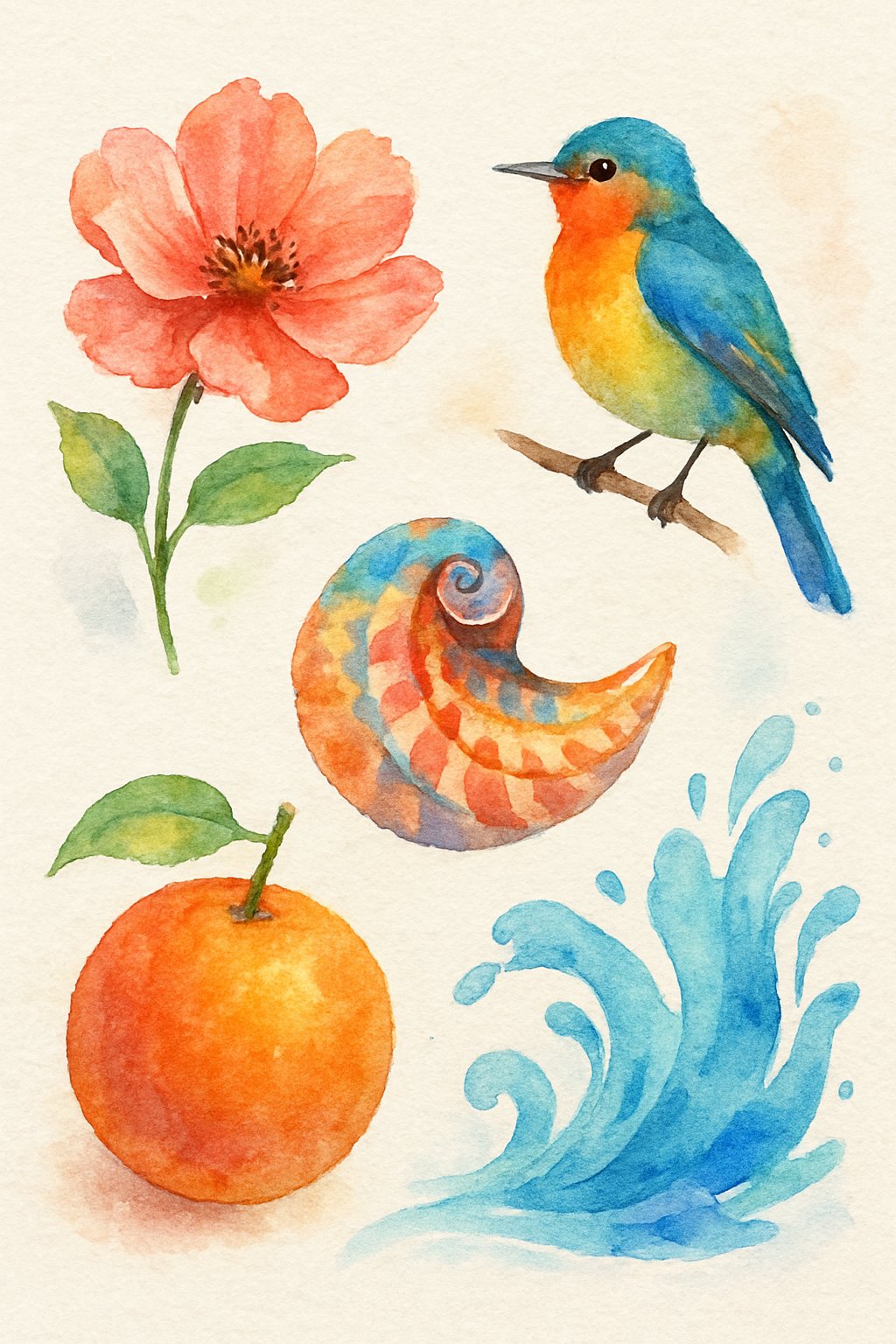
Simple changes in technique can help artists control color, create soft transitions, and bring out bright results with watercolors. Using basic methods and a bit of practice, anyone can add new life and detail to their watercolor paintings.
Blending and Layering
Blending in watercolor involves mixing colors while they are still wet, which creates smooth transitions and gentle gradients. Artists often use the wet-on-wet method: they apply water to the paper, then add paint, letting the colors flow together naturally.
Blending helps when painting skies, backgrounds, or other soft features. To keep edges clear while blending, let some areas dry before adding more color. This is called layering or glazing.
Layering means putting new washes of color over dry sections. For example, an artist might paint a light blue background, let it dry, then add green or yellow on top for depth. Each layer must dry fully to avoid muddy colors. Blending and layering are both key to building dimension and mixing subtle shades in watercolor art. Beginners can see several ways these techniques are used by exploring basic to advanced methods.
Color Mixing Strategies
Choosing and mixing the right colors creates harmony and interest in a painting. Artists often limit their palettes to only a few primary hues. This makes it easier to create clean, vivid colors and avoid accidental browns.
Mixing on a palette gives the artist control over the exact shade. Some use a color wheel to predict results. For example:
| Mix | Result |
|---|---|
| Blue + Yellow | Green |
| Red + Blue | Purple |
| Yellow + Red | Orange |
Artists also mix colors right on the paper using the wet-in-wet technique, allowing pigments to blend naturally. Practice helps develop an eye for which colors mix well. Beginners can try simple color combinations and expand from there, using guides like these creative watercolor ideas for more inspiration.
Common Challenges When Painting Unique Subjects
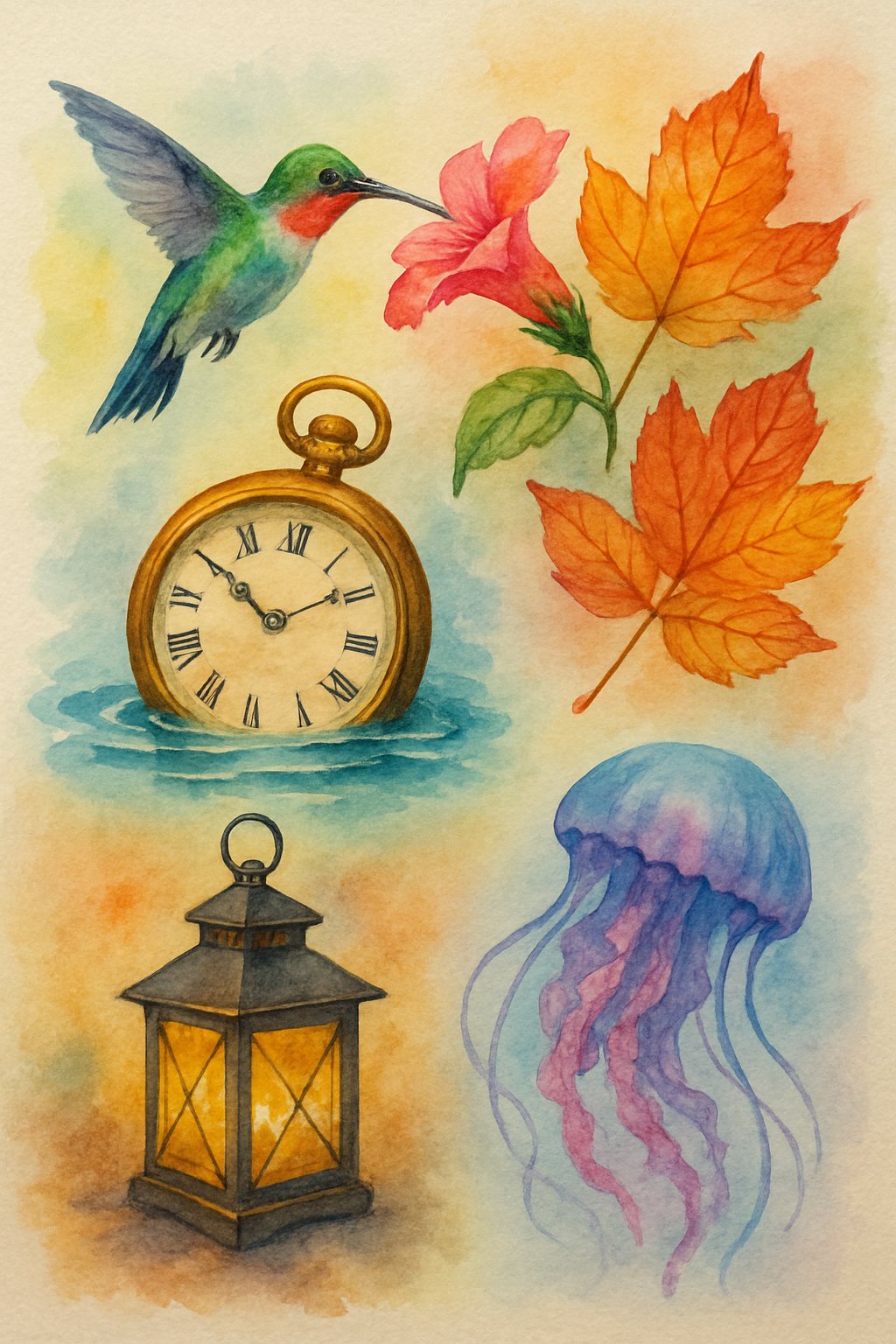
Painting unusual objects with watercolors often comes with technical challenges. Artists may struggle with handling water or choosing the right materials, which can greatly affect the final result.
Managing Water Control
Controlling water is one of the hardest skills to master. Too much water can cause colors to bleed into each other, creating messy or unpredictable effects. Too little water can make washes look harsh and streaky.
Tips for managing water:
- Use a clean, damp brush for soft blending.
- Blot excess water from the brush on a paper towel before touching the paper.
- Test color strength on scrap paper before applying it to the artwork.
Keeping both the brush and the paper at the right dampness helps control how much pigment spreads. Watercolors will flow on any damp area, which is why even a small wet patch can affect the rest of the painting. Artists new to painting unique subjects—such as glass, metal, or even abstract shapes—may find color movement unpredictable if the paper isn’t evenly damp. Practicing how much water to use for different effects will help create clean, controlled artwork. For more tips about handling water and understanding pigment movement, see this guide on overcoming watercolor challenges.
Choosing the Right Paper
Paper choice in watercolor painting is crucial. The type and quality of paper can change how colors sit, spread, and appear on the page.
Papers to consider:
| Type | Texture (Grain) | Best For |
|---|---|---|
| Cotton | Rough/Cold Press | Blending, soft edges, washes |
| Cellulose | Smooth/Hot Press | Sharp details, minimal bleeding |
Cotton watercolor paper absorbs water more evenly and lets pigment settle in natural-looking ways. This is helpful for painting detailed or dynamic subjects because it prevents unwanted hard edges or blooms. Artists working with less expensive cellulose paper may notice pigments pool unevenly or dry too fast, making it harder to layer colors or fix mistakes.
Trying the same subject—like a glass vase—on both cotton and cellulose papers is a good experiment. The results are often noticeably different, especially when using wet-on-wet or glazing techniques. Consistent results are easier to achieve using good quality paper designed for watercolor art. Detailed tips like these and more subject ideas can be found in this list of watercolor art ideas.
Frequently Asked Questions
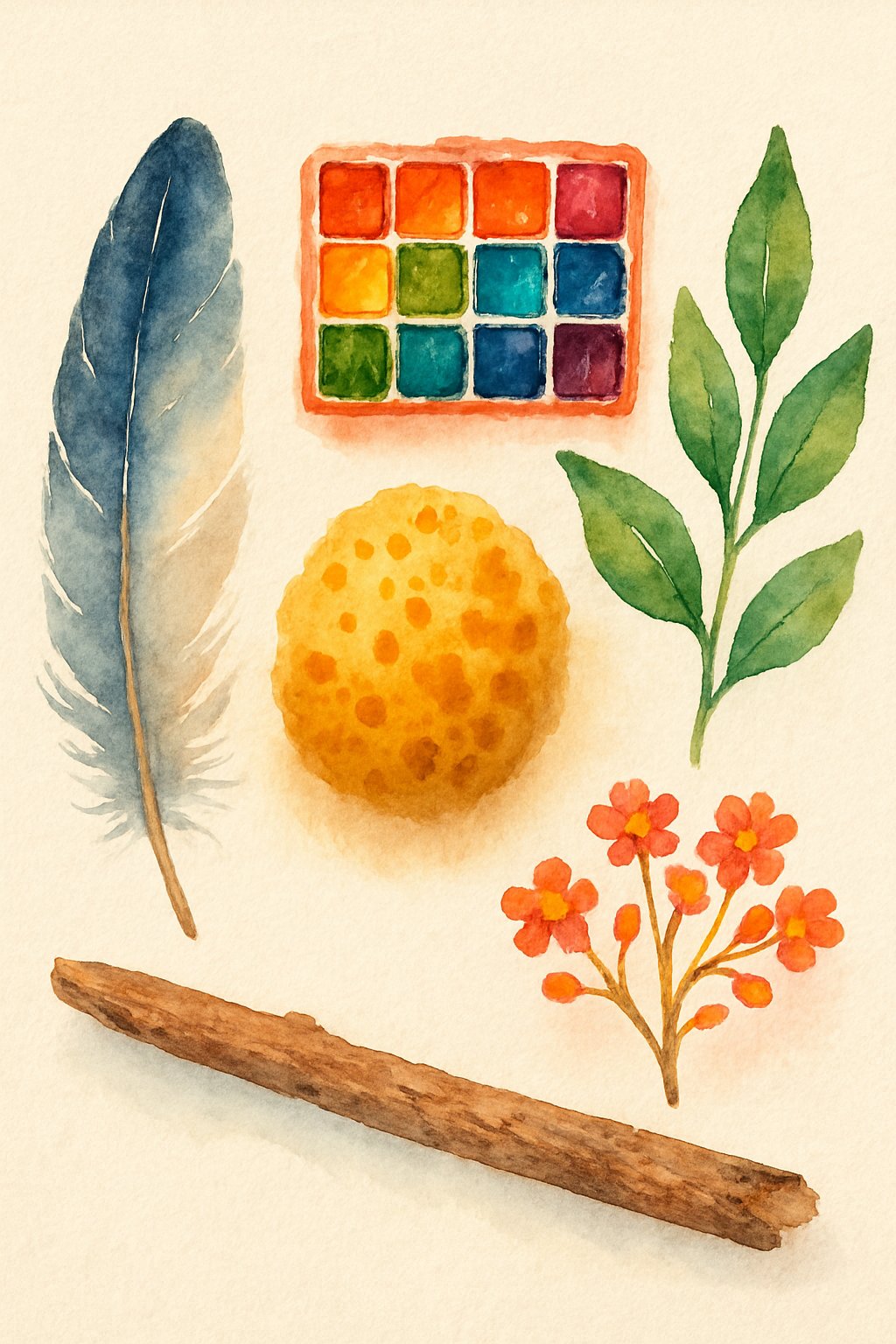
Readers often want to know where to begin with watercolor painting, the best kinds of projects for different skill levels, and how to find practical guidance. Getting started is easier if you have ideas that match your skill and interest.
What are some simple watercolor painting ideas for beginners?
Beginners can try painting sunsets with soft gradients, which involve blending colors from yellow to deep purple across the sky. Other approachable options include delicate floral patterns, such as single leaves or petals, and basic abstract geometric shapes with circles or triangles.
Painting a single ocean wave or a misty mountain silhouette can also help build basic brush skills.
Can you suggest watercolor painting projects suitable for adults?
Adults may find quiet forest landscapes or ocean waves with foam details both satisfying and relaxing to paint. These projects use multiple shades and layering techniques, giving adults a chance to develop more control and creativity.
Simple botanical scenes and abstract designs are also popular with adult painters as they allow for experimentation with color and texture.
Where can I find step-by-step guides for watercolor painting?
Step-by-step watercolor guides are widely available online. For thorough instructions on beginner-friendly projects, websites like Color Visit offer clear, stepwise lessons.
You can also find tutorials on Let’s Paint Watercolors and other art-focused blogs.
What are some small-scale watercolor painting concepts?
Small-scale watercolor ideas include painting single flowers, fruit, or leaves. Other choices are tiny animals, feathers, or simple night skies on small cards.
Miniature landscapes or little geometric shapes also work well for practicing detail and control on a smaller canvas.
How do I start with easy watercolor paintings as a complete novice?
A complete novice can start by learning basic techniques, such as wet-on-wet or wet-on-dry, then use simple subjects like circles or gentle color washes. Practicing blending and grading color is helpful.
It’s a good idea to begin with projects that use very few colors and clear shapes so mistakes are easier to manage.
Are there any easy watercolor paintings that beginners can replicate?
Beginners can replicate simple projects like soft, gradient sunsets, small floral patterns, and basic geometric shapes. Many of these ideas break down into simple steps, so they are approachable even for those just starting.
Websites featuring easy watercolor painting ideas for beginners provide specific examples and instructions for paintings that are suitable for new artists.
